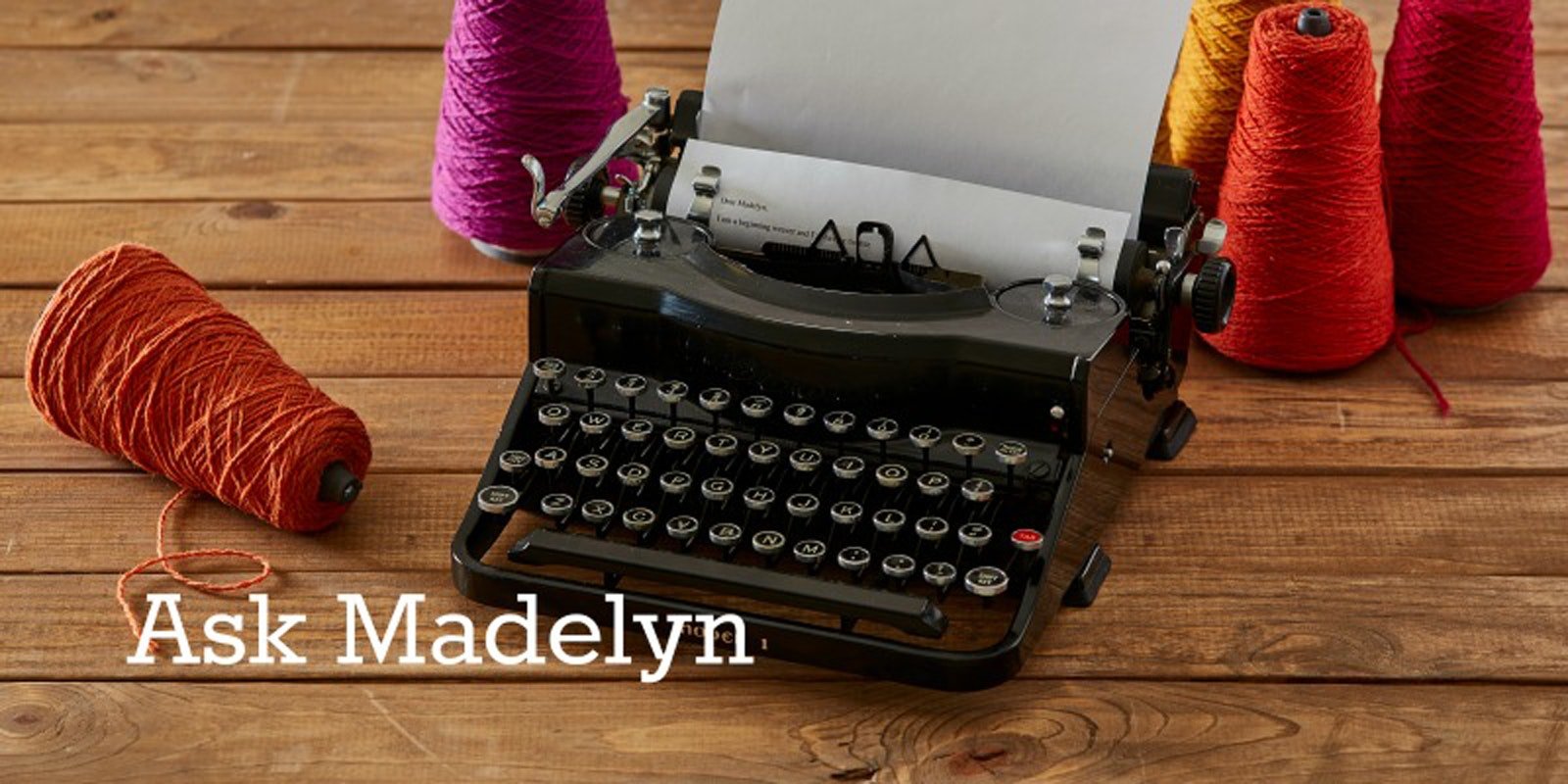I weave a variety of projects with an epi of anywhere from 5 to 30. Probably having multiple reeds would be preferable, however, reeds are expensive. If you could have only a few reeds, what reed sizes would you suggest? Also, which is preferable when your sett doesn't exactly match the size of reed your using...do you use one with fewer slots and double up on threads, or use one with more slots than you need and skip slots?
– Scarlett
Hi Scarlett!
The usual problem with a very open sett and a fine reed (like, say, a 15-dent reed with a 5 epi sett) is that often, open setts are done with thick yarns that would abrade. If you are using a fine warp for rugs, say, that moves smoothly in a fine reed, there is no problem with sleying 1-0-0 or whatever. But for blankets or fabrics with a thick bulky wool warp, a 15-dent reed would be too abrasive.
For most weavers, I usually recommend reeds in this order (so if you could get one, you’d get the 12; if two, the 12 and 10, etc.): 12-dent (because of the preponderance of 10/2 cotton at 2 epi), 10-dent, 8-dent, 15-dent, 6-dent. If you knew that you were more likely to weave quite a few fabrics with thick yarns, I’d move one of the more open ones higher up in that order.
It matters more to a front-to-back warper whether or not you put more than two threads in a dent (more than two makes it likely that yarns will twist between reed and heddles, so you need to transfer the cross, an extra step).
For most fabrics, no matter which way you warp, if you have five or more threads in a dent, you will end up with reed marks in the fabric. This depends on the yarns—with most yarns, reed marks wash out.
On the whole, you try to use the reed that gives you the most even spread of the threads and the fewest threads in each dent possible.
—Madelyn

